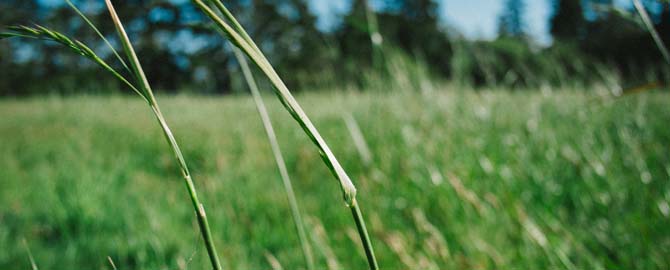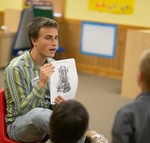Don’t Put Christians Out To Pasture…Heaven Is Our Only Retirement Plan
All the data available to us today tells us that we are living longer, healthier and more productive lives than ever before.
Yet when Christian (secular) workers and ministers ‘retire’ at the set age of 65 (or 70) they’re often met with surprise when they still want to work, to engage in life beyond leisure, and continue to be economically, philanthropically and socially productive with their lives.
The concept of ‘retirement’, and to look forward to a life of the pure pursuit of leisure for those of us who are Christian – is a spiritual oddity.
Which should beg the obvious question -why are we not encouraging, equipping and utilizing this huge potential ministry ‘work’ force in spiritual productiveness in our churches? In, what many still consider, the prime of later life, why are we often still leaving the wise, experienced and energised – disengaged and purposeless for the kingdom? This was a question raised on an earlier blog posting (here) that’s well worth reading, but for now, check out this latest research by McCrindle…
In just two decades Australia’s median age has increased nearly 5 years (from 32.7 to 37.5 today). In the last 5 years the proportion of our population aged under 20 has declined by a percentage point to be just 1 in 4 Australians (25%) while the proportion aged over 60 has increased by a similar amount to be 1 in 5 (20%). Based on these current demographic trends, by 2028, for the first time in Australia’s history there will be more people aged over 60 than aged under 20.
A good news story
The ageing of our population is of course a good news story. The Standardised Death Rate (deaths per 1,000 population) continues to fall (to 5.59- half that of births) while life expectancy continues to rise.
When Australia’s Age Pension was introduced in 1909, life expectancy at birth was 57 while today it exceeds 80. While the accessibility age of 65 for males has not changed in a century, longevity certainly has. In fact so dramatic has been the increase in life expectancy, that averaged across males and females, Australians have gained 25 years of life expectancy in the last 100 years. Or 3 months of life every 12 months of time!
Downagers: redefining the older life stages
Today’s Baby Boomers are the ultimate downagers, redefining lifestages, and reinventing retirement. They have adult children at home longer, they’re buying and selling property later in life, and remaining active in the workforce later than ever before. This is a response to the improved life and health realities. In fact based on years of life expectancy, a 65 year old today is the equivalent of a 54 year old in 1950. It is therefore of little surprise that Australians are younger longer and working later.
Older workers: technical, professional and entrepreneurial
Australia’s workers aged 65 and older currently comprise 3.4% of Australia’s total workforce (393,000 out of 11, 589, 000). The top two job categories of older Australians where more than 1 in 5 are aged 65 or over are professionals (21.4%) and managers (20.4%).

Of Australians 65 and over currently in the workforce, 72% are employees, 23% have their own business, 4% are employers, and 1% are contributing family workers.
Older Australians work the longest hours employed as managers in numerous industries (35 hours per week) and the least hours when employed in the community and personal service work industry (18 hours).
Across all of the industries, the average Australian worker aged 65 and older works 27 hours per week as an employee, 36 hours per week as an employer, 26 hours per week as a business owner, and 18 hours per week as a contributing family worker. Older workers are looking for great flexibility in their working hours and are increasingly not working full-time.
41% of Australians aged 65 and older who work as managers run their own business. This is the highest rate of self-employment across the major industries for this age group. Other industries that display a high percentage of older Australians running their own businesses are technicians and trade workers (27%), labourers (26%) and business services (20%).
| Occupation/Industry | Total employees aged 65+ |
% of all employees | Average hours worked |
| Professionals | 84,000 | 21.4% | 27 |
| Managers | 80,000 | 20.4% | 35 |
| Clerical and Administrative Workers | 59,000 | 15.0% | 23 |
| Labourers | 47,000 | 12.0% | 21 |
| Technicians and Trades Workers | 41,000 | 10.4% | 28 |
| Machinery Operators and Drivers | 33,000 | 8.4% | 28 |
| Sales Workers | 26,000 | 6.6% | 25 |
| Community & Personal Service Workers | 24,000 | 6.1% | 18 |
| TOTAL | 393,000 | 100% | 27 |
As the Director of McCrindle Research, Mark McCrindle headed up the McCrindle Baynes Village Community Report – the largest study into retirement village residents ever conducted in Australia. The project involved a 57 question pen and paper survey, deployed to 181 villages managed by 7 operators. It received over 10,000 completed surveys, representing almost 1 in 10 village residents Australia-wide.







